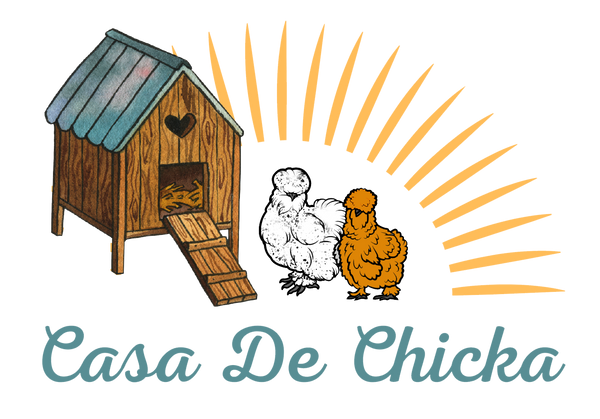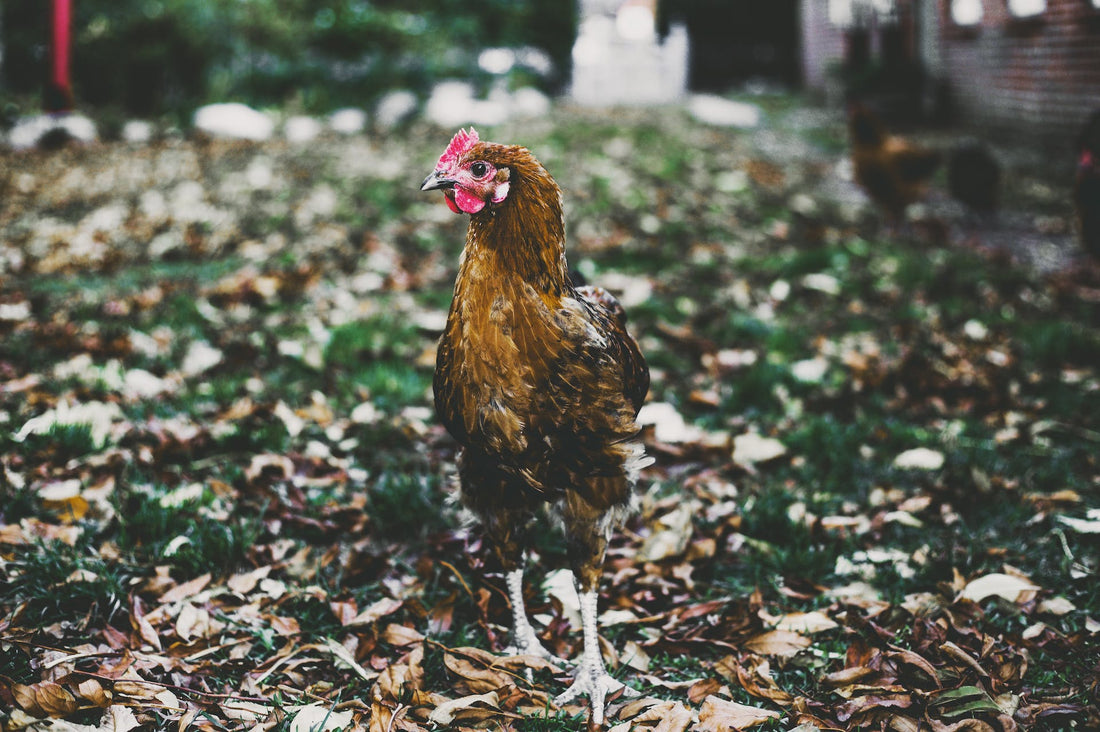Good day, dear keepers of the coop and guardians of the gallinaceous! When it comes to chickens, their lives are riddled with dramatic events. Among the most theatrical of all is the grand molting dance. Just imagine a grand ball where attendees shed their elaborate gowns in favor of newer, fluffier ones. And wouldn’t you know, sometimes this feathered fiesta coincides with winter's debut! Let’s unravel this feathered mystery together, shall we?
The Dance Begins: What is Molting?
At its core, molting is the avian world's answer to a fashion makeover. But it's more than just an aesthetic revamp; it's a physiological marvel. When chickens molt, they aren't merely shedding feathers for the fun of it. No, they are undergoing a vital renewal process that's akin to a snake shedding its skin or a deer losing its antlers. As the days grow shorter, a chicken's body responds to the decreasing light, kickstarting the molting process. Over the course of several weeks, anywhere from 8-16 depending on the bird and its environment, feathers start to fall out, making way for new ones.
But why is this process so crucial? Firstly, feathers aren’t just the chicken's stylish capes; they serve several indispensable functions. They act as protective barriers against external threats, be it the prying beak of a curious flock mate or the harsh elements of their environment. Furthermore, feathers are essential for flight – giving chickens their (limited) airborne moments, and, crucially, play a pivotal role in regulating a chicken's body temperature. The old, worn-out feathers are replaced with new, more efficient ones, ensuring the chicken remains insulated, agile, and ready to face the world afresh. This is particularly important given that a chicken's body doesn't repair feathers; instead, it replaces them. And this replacement, while systematic, isn't simultaneous - meaning chickens don’t go entirely bald during the process. They lose and regrow their feathers in a specific sequence, ensuring they're never entirely exposed. So, the next time you notice your chicken looking a tad scruffier than usual, remember: it's not neglect; it's nature’s grand renovation in action!
The Season's Role: Molting Meets Winter
As with many of nature’s great spectacles, timing is everything. The grand dance of molting doesn’t just happen on a whimsical whim; it's choreographed by the rhythm of the seasons. Typically, as our world turns and the days begin to shorten in late summer or early autumn, chickens start to pick up on these solar cues. Their internal calendars, sensitive to shifts in daylight, signal that it's time to begin the molting ballet.
However, as unpredictable as nature can be, sometimes this feathery recital extends, and the final curtain call coincides with the colder notes of winter’s overture. The implications here are multifaceted. On the one hand, we have our graceful performers, shedding their insulated plumage just when they might need it the most. Fresh, new feathers are still in the process of growing in, and they might not be as thick or effective in keeping the cold at bay.
Then there's the matter of egg production. Molting requires a significant amount of energy, so much so that chickens often hit the pause button on laying eggs to redirect all their resources to grow a brand-new set of feathers. Combine this natural break with winter's shorter days, which also impact egg-laying, and you might find your egg basket feeling a tad lighter than usual. In essence, the chickens are in conservation mode, ensuring they weather both the molt and winter's harshness with aplomb.
Moreover, with winter also comes potential challenges like frostbite. A chicken in the midst of molting, with patches of skin exposed or only thinly covered, might be more susceptible to the cold's biting touch. The juxtaposition of molting during winter, while seeming like nature’s oversight, is a delicate balance of survival and renewal, reminding us of the resilience and adaptability of our feathered friends.
Supporting our Molting Maestros
Like any great performance, our feathered performers need a little backstage support:
Dietary Divas: During molting, chickens require more protein. It’s time to pamper them with protein-packed treats. Think high-quality layer feed, mealworms, or even scrambled eggs (yes, it sounds odd feeding chickens eggs, but it's a protein-packed treat they love).
Limit Stress: Molting can be stressful, and the last thing a molting hen needs is additional drama. Keep disruptions to a minimum. No introducing new flock members or changing their living conditions drastically.
Safe Spaces: Those new feathers coming in? They’re sensitive. Ensure your flock has plenty of space to avoid pecking and fights. Soft bedding and ample perching spots will make their transition smoother.
Light and Love: With winter’s short days affecting egg production, consider adding supplemental light to the coop. A few extra hours can boost egg yields, but ensure it’s done gently to avoid stressing our divas.
Keep Them Warm: If winter is knocking and your chickens are mid-molt, consider adding extra bedding for warmth. Straw, hay, or wood shavings can keep the cold at bay.
Molting is like the grand ballet of the chicken world. It’s a time of renewal, change, and a touch of drama. As keepers of these feathered stars, it's our duty to ensure the performance goes smoothly, especially when winter tries to upstage with its chilly antics.
Remember, chickens, like all performers, shine brightest with a touch of love, care, and understanding. So as the feathers fly and winter looms, stand in the wings with treats and warmth, ready to applaud their resilience and grace. Here's to the molting maestros of our coops, gardens, and hearts! 🐔🪶❄️🎭

